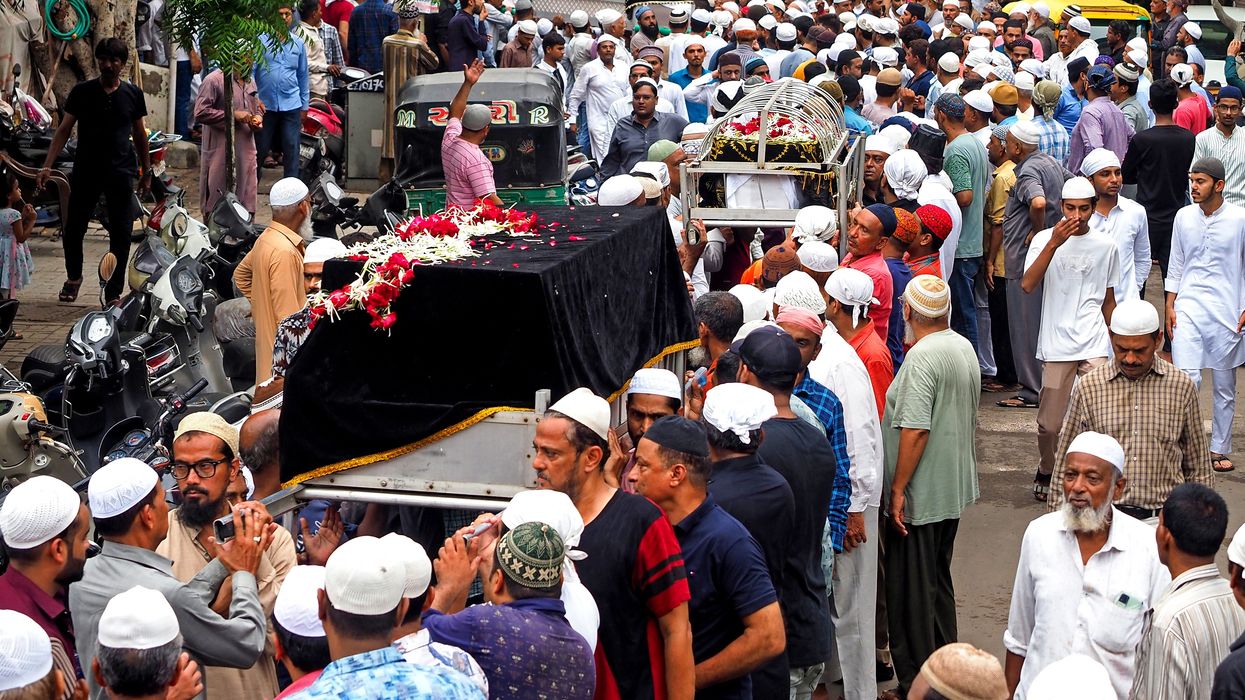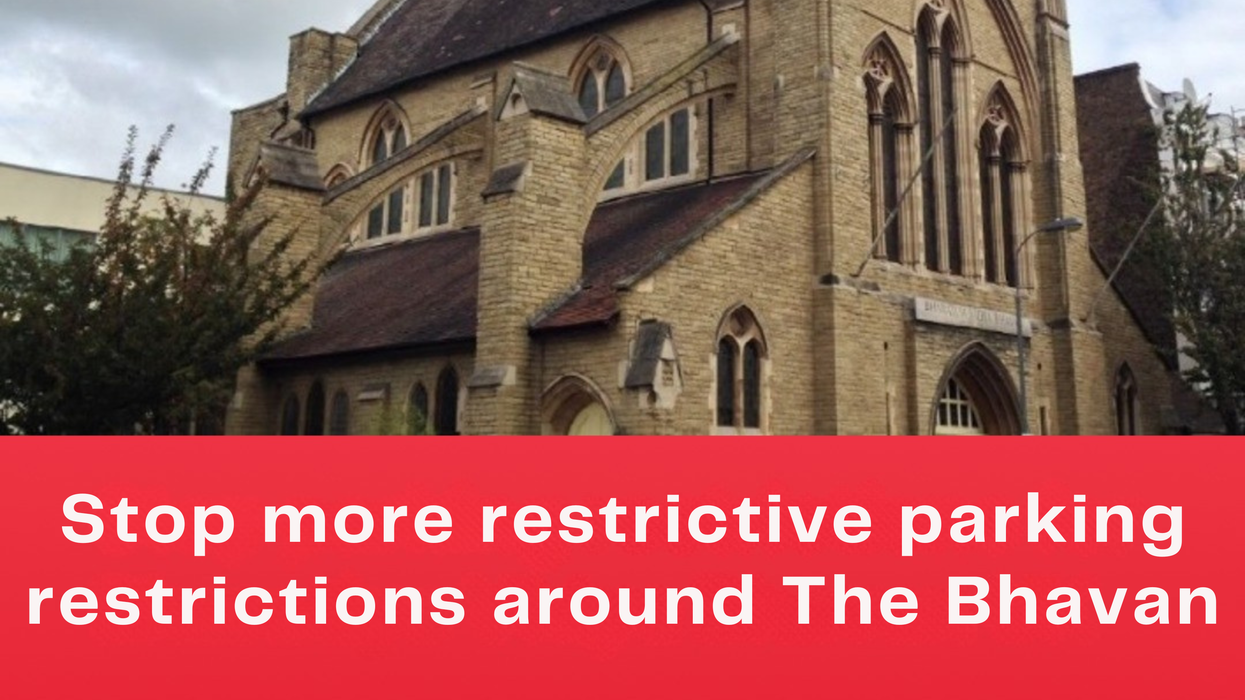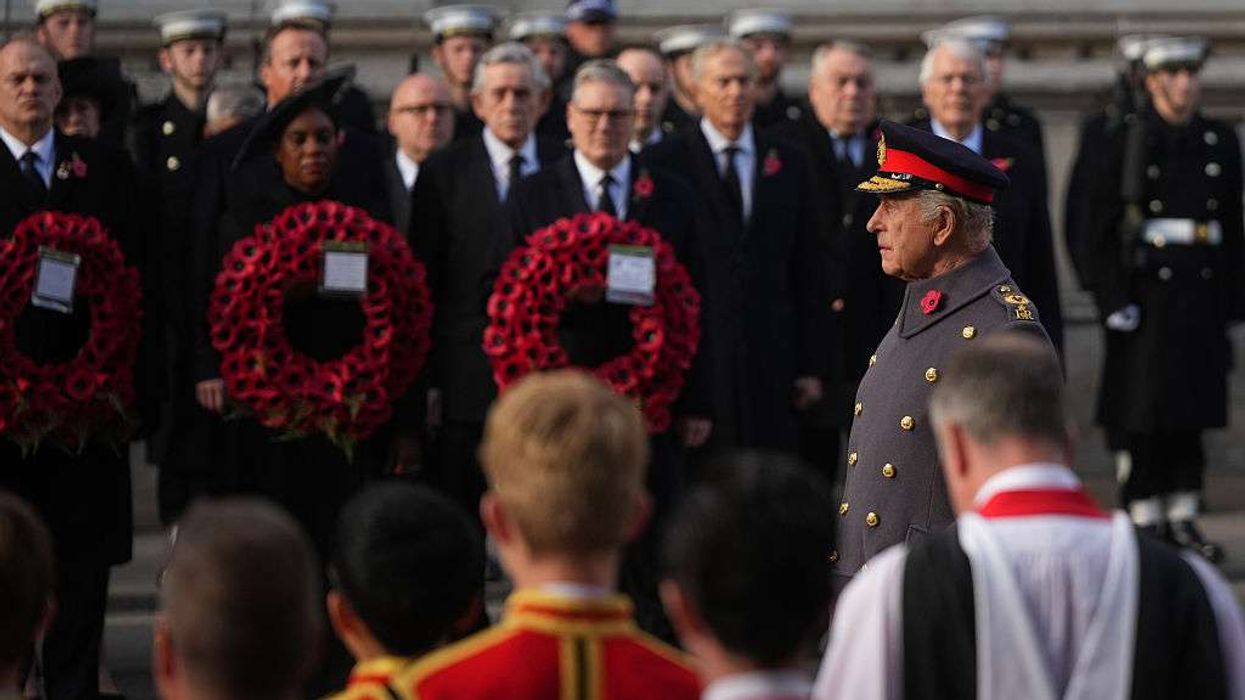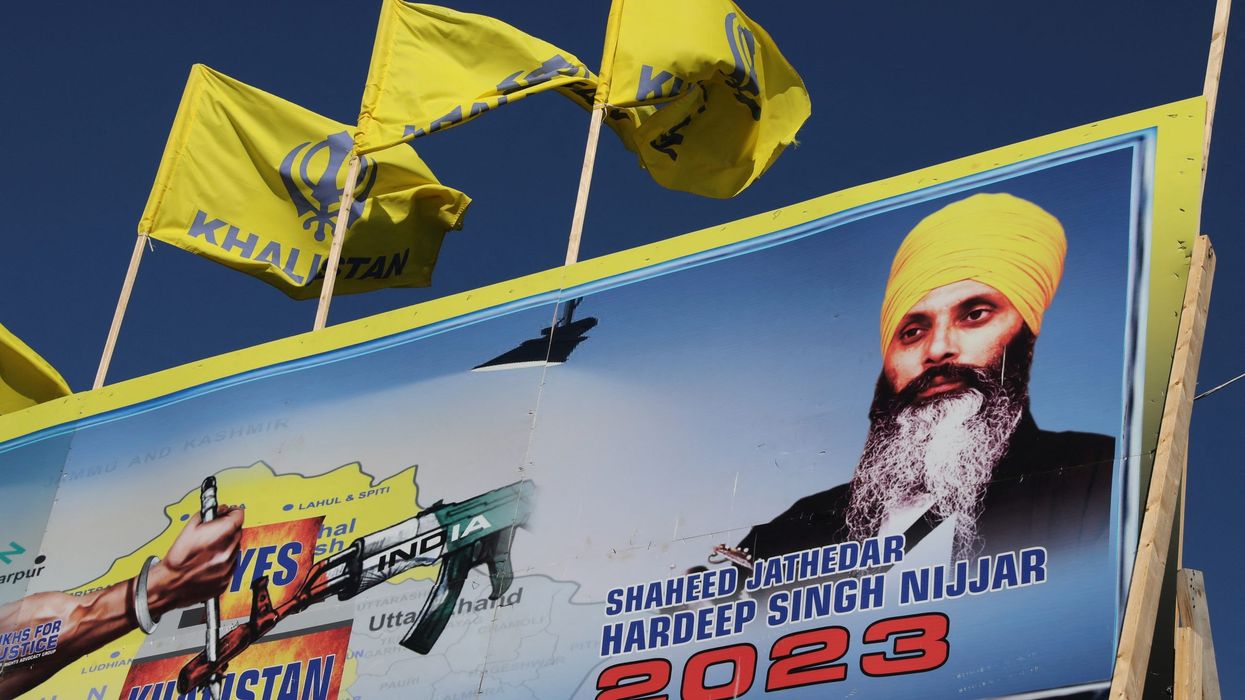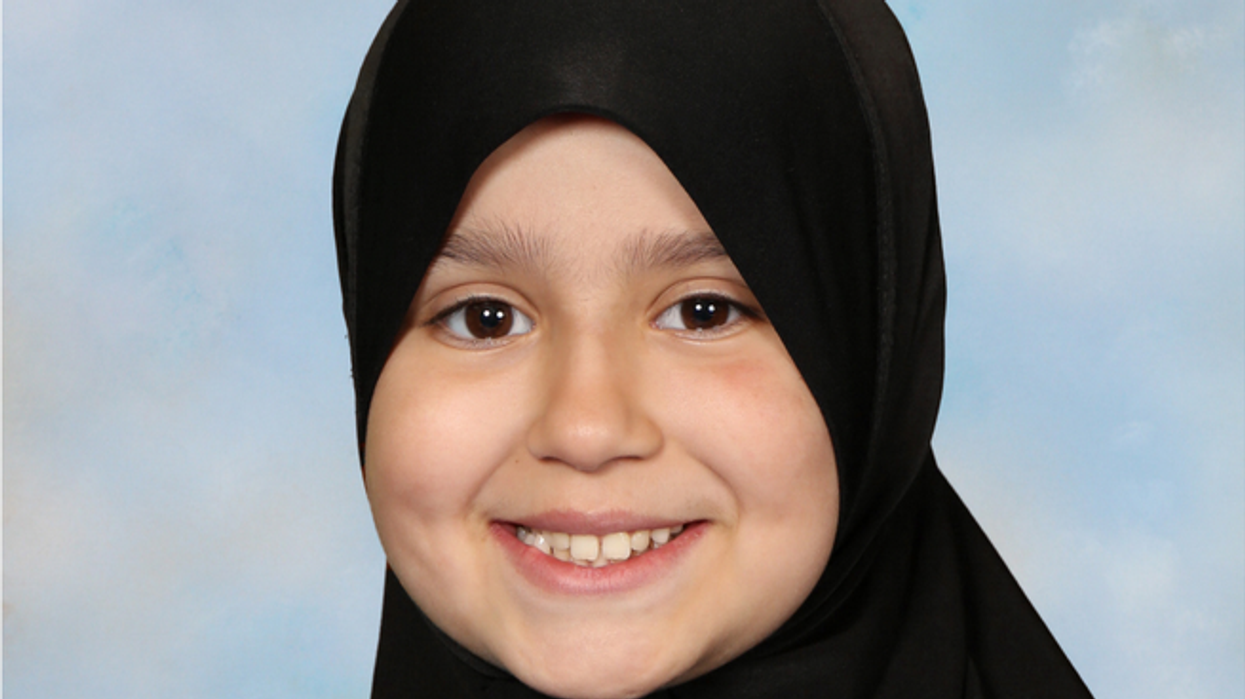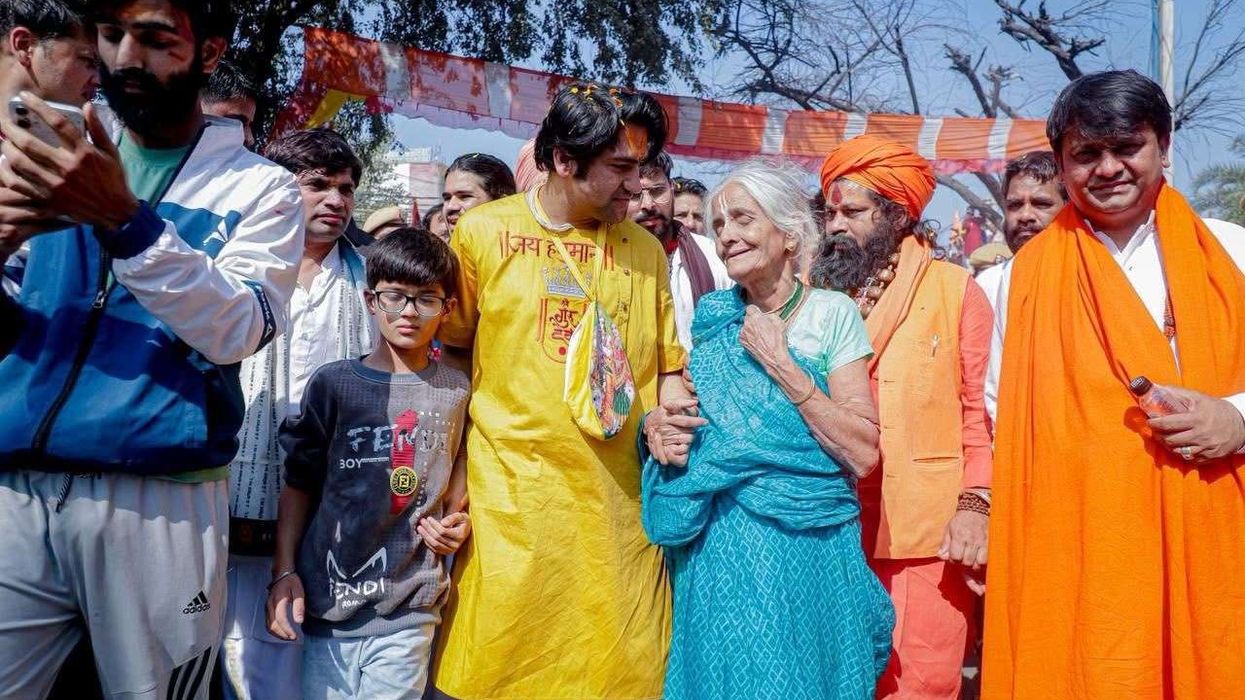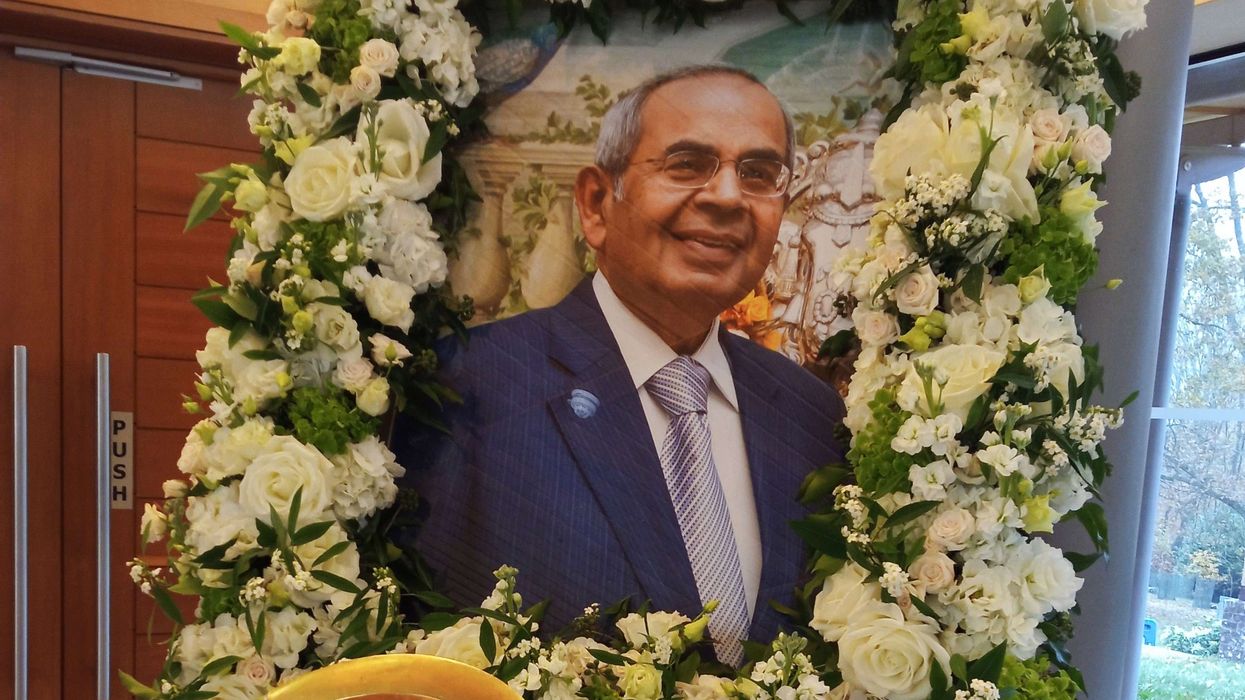AUTHORITIES in Gujarat said on Tuesday they had identified 259 out of the 260 victims recovered after the Air India plane crash in Ahmedabad earlier this month.
The Boeing 787-8 Dreamliner was heading to London’s Gatwick Airport when it crashed shortly after take-off on June 12.
The aircraft, which had 242 people on board, lost height moments after taking off from Ahmedabad and crashed into a medical college hostel, leading to a fire.
One person on the plane survived. The crash also killed 19 people on the ground.
ALSO READ: Watchdog warns Air India over pilot duty violations
Death toll slightly revised
The current death toll stands at 260, lower than the earlier estimate of 270, though officials said the final number could still change.
"We have identified 259 victims. They include 240 passengers and 19 non-passengers. DNA test result of one passenger is still awaited," said Rakesh Joshi, superintendent of Ahmedabad civil hospital.
Search and clearance operations ongoing
Joshi added, "The site of the crash is still being cleared. Unless we are certain that no additional victims are going to be found, we cannot declare the final death toll."
ALSO READ: Air India cuts international flights after deadly crash
Most bodies identified through DNA matching
According to a statement by the local government, remains of 256 people have been handed over to their families.
Of the 259 identified, 253 were identified using DNA sample matching while the remaining six were identified through facial recognition.
